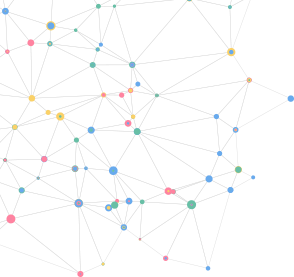FEEDİNG
A mixture of semi-rotted (fermented) cattle excrement and a certain amount of domestic waste (we call it worm forage) is given to the beds at certain periods for 90 to 120 days to forage the worms and ensure that the beds are fully filled.
The amount of forage to be given in this process is estimated as 15 to 17 tons for each Vermicompost Harvesting System (Rivos’s Harvesting System RHS-3S/20).
At the end of 90 to 120 days, the Vermicompost Harvesting System will be harvested from below and the first crop will be taken (Necessary training if needed on this subject will be provided by Riverm)
As the first harvest, around 1 to 2 tons of vermicompost will be obtained.
In the following periods, 2 feedings and 1 harvest will be done every week and around a thousand kilograms of vermicompost will be obtained from each bed.
The forage obtained from decomposed cattle feces is given to the beds at certain intervals for 120 to 180 days, ensuring that the worms are fed and the beds are filled..
Note 1: Based on 38 weeks (first 14 weeks preparation and feeding period) at the end of the first year, approximately 38x1.5 tons = 57 tons of vermicompost will be obtained from a 20 m worm bed.
If we start with 375,000 worms in the first year, considering the deaths and births, it is predicted that the number of worms in the bed will reach full capacity and the number of worms will increase to around 1,000,000.
Note 2: For the second year, around 78 tons of vermicompost will be taken from the same worm bed and since the number of reproducing worms will increase, the old worms will be trapped and taken out, and left to the culture beds for the continuation of reproduction.























